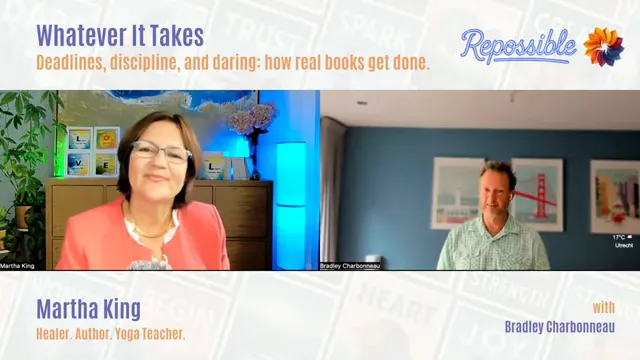From Someday to Published: Breaking Through the Barriers That Keep Authors Stuck
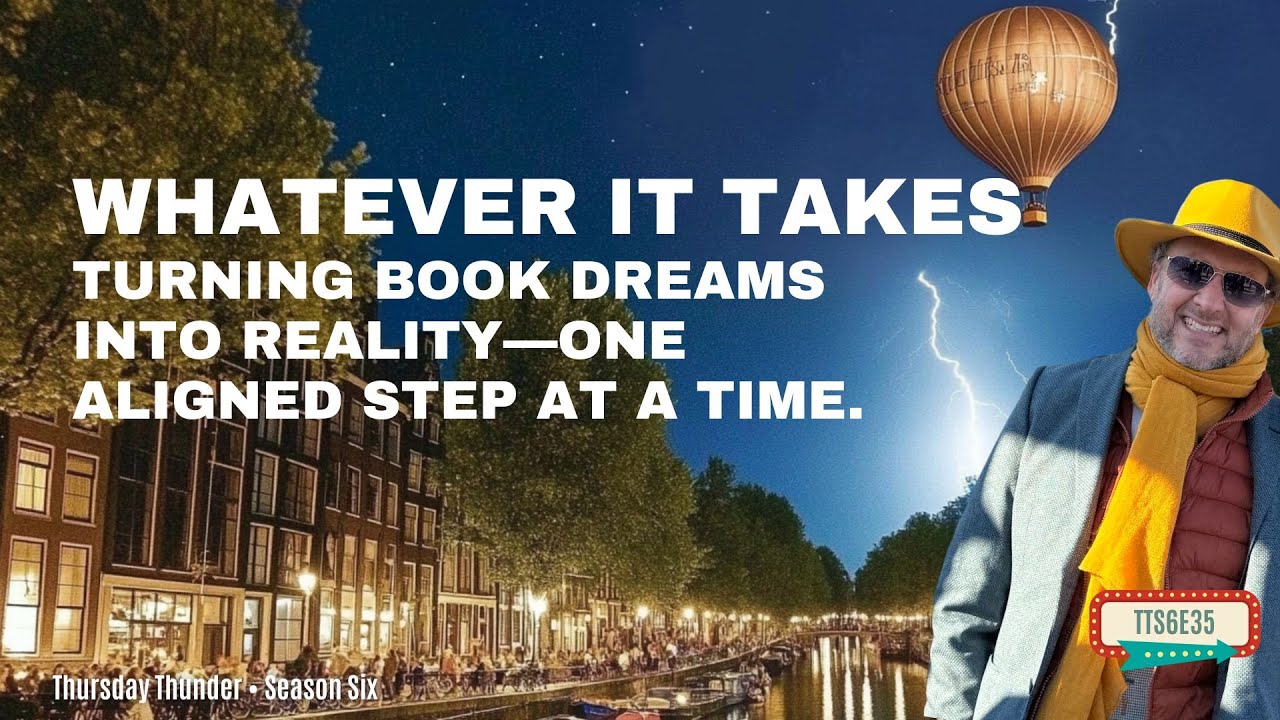
Table of Contents
- Introduction
- Why “Someday” Never Shows Up on the Calendar
- Martha’s Breakthrough: Inspiration + Intention + Action
- When Your Illustrator Lets You Down: Practical Last-Minute Pivots
- The Production Headaches Nobody Tells You About
- Formats Matter: Expand Your Reach by Publishing Multiple Ways
- The Heart of the Books: What the L-O-V-E Series Teaches
- Key Lessons from Martha’s Journey
- How I Help Authors Move from Idea to Done
- Celebrate — Then Keep the Momentum
- Frequently Asked Questions
- Final Thoughts
Introduction
I'm Bradley Charbonneau, a nonfiction book coach who loves helping people turn ideas into books. In a recent conversation with Martha King, we dug into exactly what keeps so many authors stuck in “someday” — and how Martha moved from idea to finished books in a matter of months. Her journey is full of practical lessons: alignment over willpower, deadlines that force action, creative pivots when things go wrong, and the value of a trusted guide to manage the thousand little details that trip authors up.
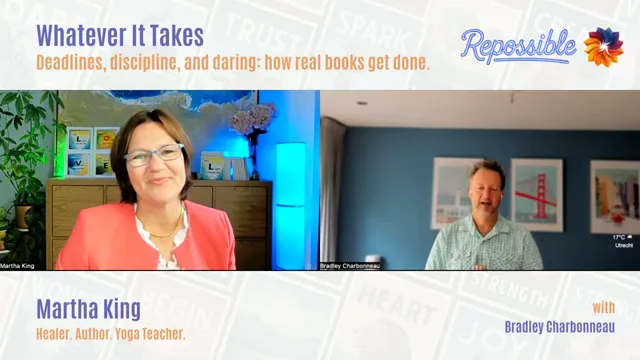
Why “Someday” Never Shows Up on the Calendar
We humanize the problem: most people can imagine a book, but very few commit. I call these inner saboteurs the “villains” — Procrastination Patty, Perfectionist Pearl, Imposter Irene, and Mañana Matthew (the one that says “do it tomorrow”). They’re real, subtle, and they win when your goal lives only in your head.
"Most people are not like Martha... most people are not going to get to the finish line."
The antidote isn’t more willpower. It’s alignment: being honest about why this book matters to you (in your heart), setting a real deadline, and building accountability into the process.
Martha’s Breakthrough: Inspiration + Intention + Action
Martha’s idea started with intention. She wanted to give her son a gift that would grow with him — something to guide him toward stillness, breath, and inner confidence. She asked the universe, paused her mind, and listened. Inspiration arrived not in a formal meditation session but while painting her house — a reminder that creativity often shows up in ordinary moments.
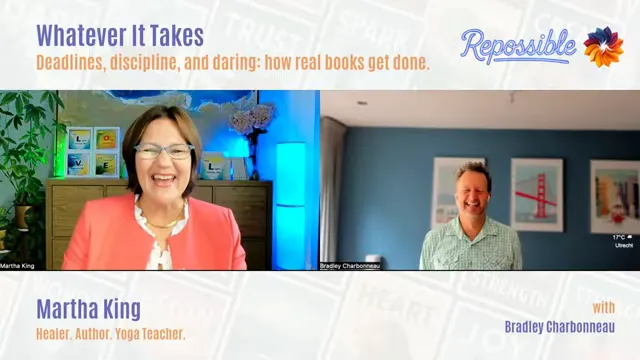
She created short meditations and a set of children’s books (the L-O-V-E series) built around breath, sound, courage, and inner light. The books are intentionally crafted for older children and adults — not overly childish, but resonant for a ten-year-old transitioning into more mature emotional awareness.
When Your Illustrator Lets You Down: Practical Last-Minute Pivots
About a month before her print deadline, Martha had only 11 illustrations of the 72 required and no covers. This is where many projects stall — but she didn’t. She assessed her strengths (photography and Photoshop), gathered photos of her son and his paintings, and created the remaining imagery herself.
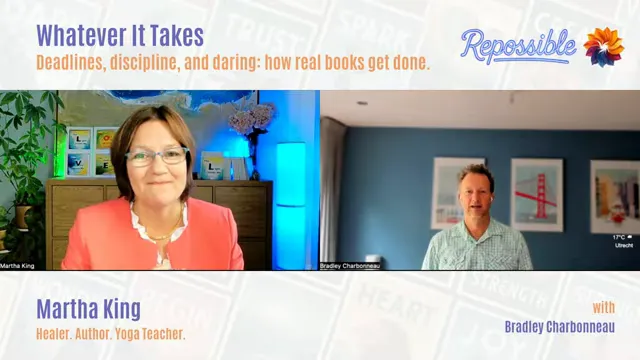
That pivot was “whatever it takes” in action: using available resources, accepting imperfect tools, and meeting the deadline. The result: fully photographed/edited images integrated with child-painted backgrounds to preserve energy and authenticity.
The Production Headaches Nobody Tells You About
Publishing isn't just writing. There are hundreds of small, technical steps — format sizes, ISBNs, interior color settings, bleed, spine layout, audiobook cover sizes, and distribution quirks. Martha chose a square (non-standard) format, which added complexity: not every POD (print-on-demand) or bookstore accepts that format easily.
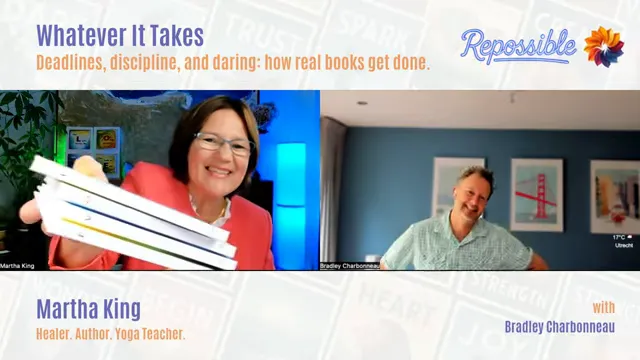
We navigated those details together: choosing size, setting up the book vault, managing uploads, and balancing priorities so she could hit deadlines without getting lost in every possible option. Print-on-demand made it possible to produce high-quality hardcovers and color interiors without massive minimum orders — yes, you can order one if you need to.
Formats Matter: Expand Your Reach by Publishing Multiple Ways
Martha published her work across multiple formats — ebook, paperback, hardcover, and audiobook — which turned four titles into a broader product set. Audiobooks in particular can feel intimidating: Martha recorded them in English, her second language, and pushed through fear to get them done. The payoff is real: different readers prefer different formats, and presence across formats increases accessibility and audience reach.
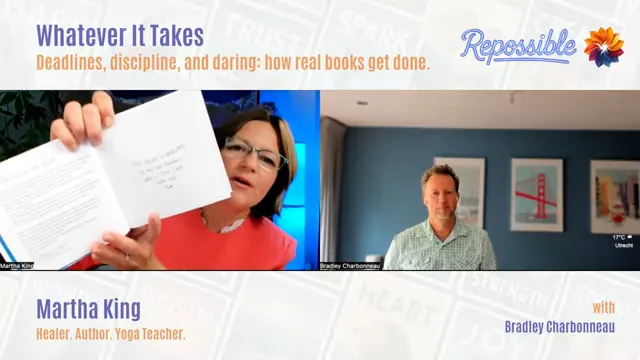
The Heart of the Books: What the L-O-V-E Series Teaches
Each book in Martha’s L-O-V-E collection has a clear emotional and energetic focus:
- The Light Inside Me — Finding the inner pool of light, using imagery and breath to reset and heal.
- Letter O — Exploring sound and vibration; the breath-sound that roots you in the body.
- A Very Brave Me (V) — Cultivating grounded courage; visuals include volcanic stone for grounding.
- The Path of Breath — A deliberately slow book meant to be read as a breath practice; a recipe for pausing and receiving.
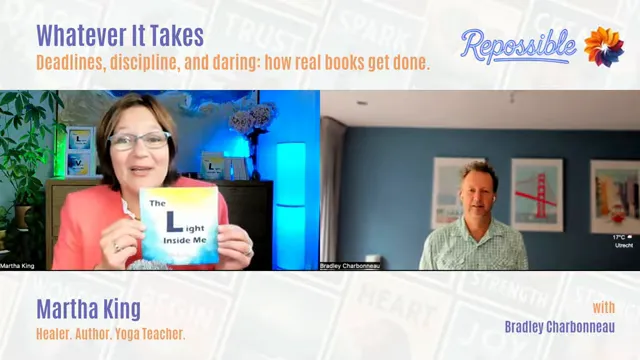
Key Lessons from Martha’s Journey
- Alignment beats willpower. Know the heart-reason behind your book — that reason sustains you when the work gets hard.
- Set a real deadline. “Someday” rarely becomes “today.” A concrete deadline focuses decisions and prevents endless tinkering.
- Be ready to pivot. If your illustrator, plan, or timeline fails, use the skills and resources you have — photograph, collage, or simpler artwork can be just as powerful.
- Get help for the thousand small things. You need a map: format choices, ISBNs, cover specs, and distribution steps. A guide or coach saves months of frustration.
- Celebrate the finish. Publishing is a huge accomplishment. Stop, celebrate, and let the success fuel your next project.
How I Help Authors Move from Idea to Done
My role is to provide the timeline, the checklist, and the gentle pressure to keep progress moving. That includes:
- Clarifying format and distribution decisions.
- Mapping deadlines for text, art, cover, and production.
- Helping choose the right POD and audiobook channels.
- Keeping authors accountable while honoring their creative process.
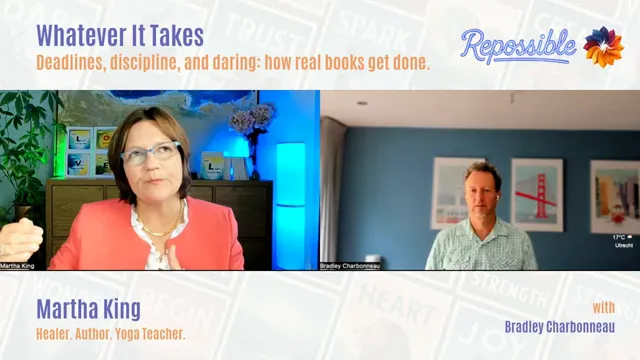
Celebrate — Then Keep the Momentum
Martha did something most people talk about but few do: she finished. She released multiple formats, recorded audiobooks, and created something deeply meaningful for her son. We ended our conversation by reminding readers — celebrate your wins. You earned them.
Frequently Asked Questions
Q: How do I stop waiting for “someday” and actually start?
A: Start with alignment: write down why this book matters in your heart. Then set a concrete deadline and break the work into weekly tasks. Accountability (a coach, a mastermind, or a trusted friend) is the difference between intention and completion.
Q: What if my illustrator misses deadlines?
A: Have a backup plan. Assess your strengths — photography, collage, simple line art — and be ready to pivot. For many children's and picture-led books, authentic, imperfect imagery can be more powerful than overly-polished art.
Q: Do I need to publish in multiple formats?
A: It depends on your goals. Ebooks and paperbacks are the basics. Hardcovers are great for gifts and presentations. Audiobooks expand reach and accessibility — they’re worth considering if your audience listens to audio content.
Q: Is a non-standard book size (like square) a bad idea?
A: Non-standard formats add complexity to production and distribution. If the format is important to your story and audience, go for it — but be ready for more technical work and possible distribution limits. A guide who’s done it before will save you time.
Q: How much of the process can I DIY?
A: You can do a lot, especially if you have design or editing skills. The trick is prioritizing your time: do what only you can do (the writing, the voice), and hire or partner for parts that would derail momentum (complex formatting, distribution setup, or tight deadlines).
Final Thoughts
Martha’s story is proof that “someday” can become “published” — but it requires alignment, a deadline, creativity, and a plan for all the tiny technical steps. If you’ve been sitting on a book idea, the path is doable: name your why, set a date, pick one next action, and build a map. If you want support, a guided sprint (with clear milestones and accountability) is often the fastest route from idea to book.
